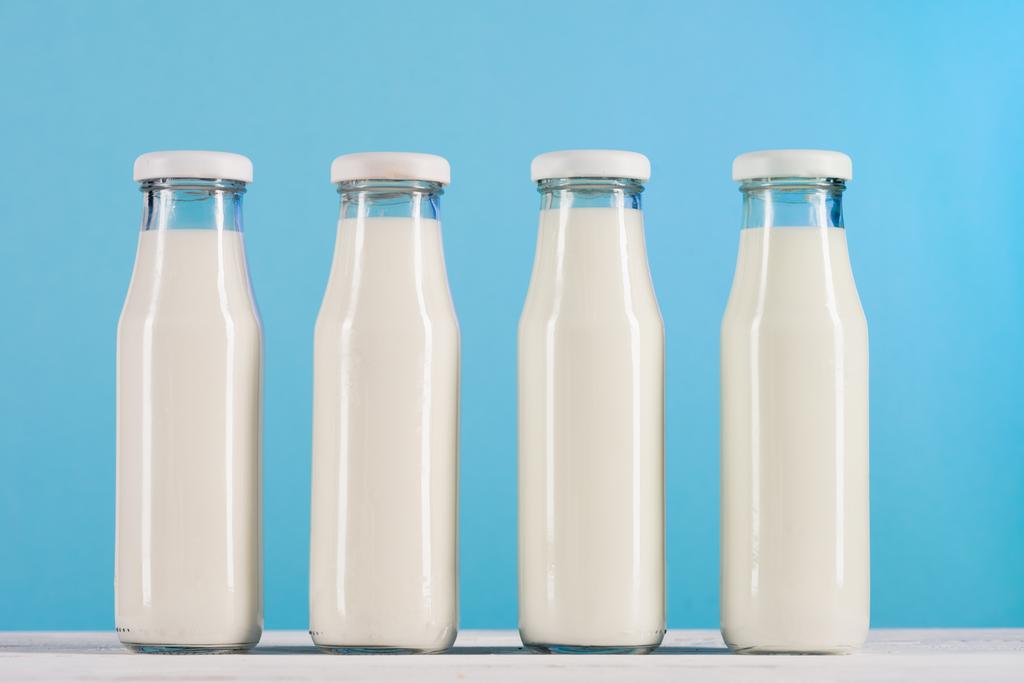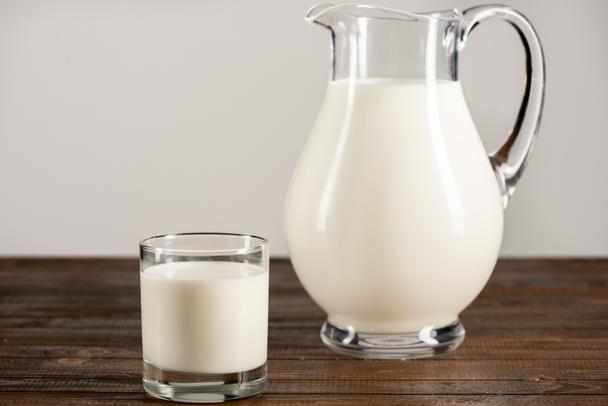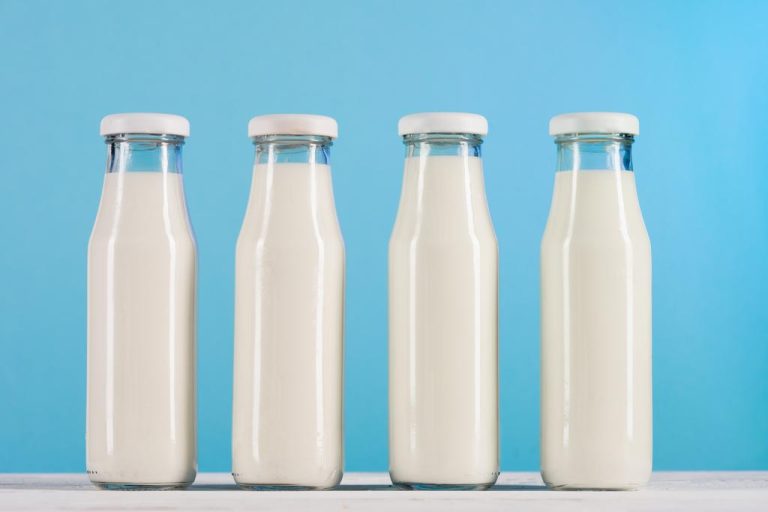Buckwheat milk is a sustainable alternative to cow’s milk. Buckwheat is also not a nut and is therefore an ideal substitute for nut milk for allergy sufferers. We’ll show you how you can easily make the plant drink yourself.
The healthy pseudo-grain buckwheat is a good source of vegetable protein. With its essential amino acids, fiber and minerals as well as flavonoids, buckwheat is good for digestion and blood vessels.
Buckwheat milk is a good alternative to animal milk and plant-based drinks made from nuts. It is also gluten and lactose free. People with an intolerance or allergy can therefore drink and use buckwheat milk without any problems. In terms of taste, buckwheat milk can be classified as slightly nutty.
Ingredients: You need this for your own buckwheat milk
For 500 milliliters of buckwheat milk you need:
50 grams of buckwheat
about 500 ml water (the amount of water affects the thickness of the milk)
2-4 dates or another sweetener like maple syrup
1 pinch of salt
Optional: spices such as vanilla, cardamom or cinnamon
recommended kitchen utensils:
Key
measuring cup
food processor, blender or blender
Nut milk bags (you can also make nut milk bags yourself) or cheesecloth
Glass bottle with lid for storing the milk
Preparation: It’s so easy to make buckwheat milk yourself
You can make buckwheat milk in just a few steps:
Soak the buckwheat in water for several hours, preferably overnight. Put the buckwheat in a bowl and fill it up with enough water.
Drain the water and rinse the buckwheat well.
Blend the buckwheat on high until it forms a kind of puree.
Add the dates, season to taste and briefly mix the mixture again.
Prepare a bowl and hold the nut milk bag or strainer over it. Fill the mixture into the bag and squeeze it until all the liquid has dripped out of the bag into the bowl.
Pour the liquid into a sealable glass bottle.
Store the homemade buckwheat milk in the fridge. It stays there for a few days.
Tip: You can process the remaining buckwheat. Spread it out on a plate or cloth and let it dry. If you want, you can mix the dried buckwheat again. You can then use the result as a kind of buckwheat flour in recipes such as buckwheat bread or buckwheat pancakes.
Conclusion: Every milk alternative has different properties. Some are sweeter or nuttier in taste, have a creamier or waterier consistency, are better for coffee or baking, and have different ingredients. Every plant drink has its own advantages and disadvantages. It is not possible to say exactly which milk is the most sustainable. It is important that you pay attention to the country of origin and an organic seal for the raw materials.

